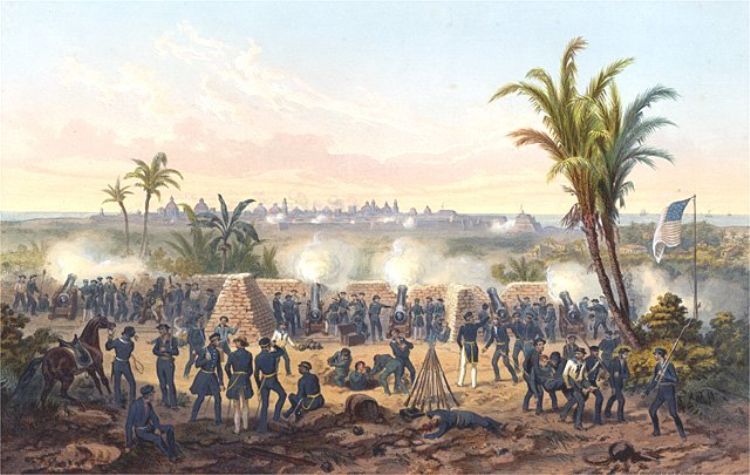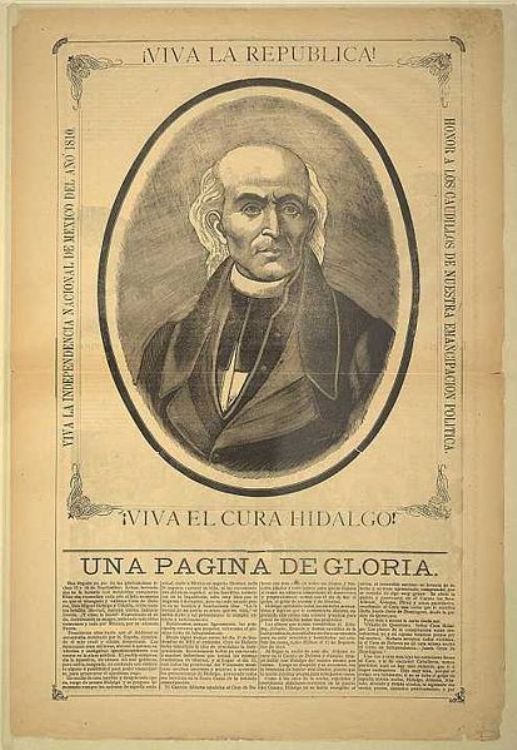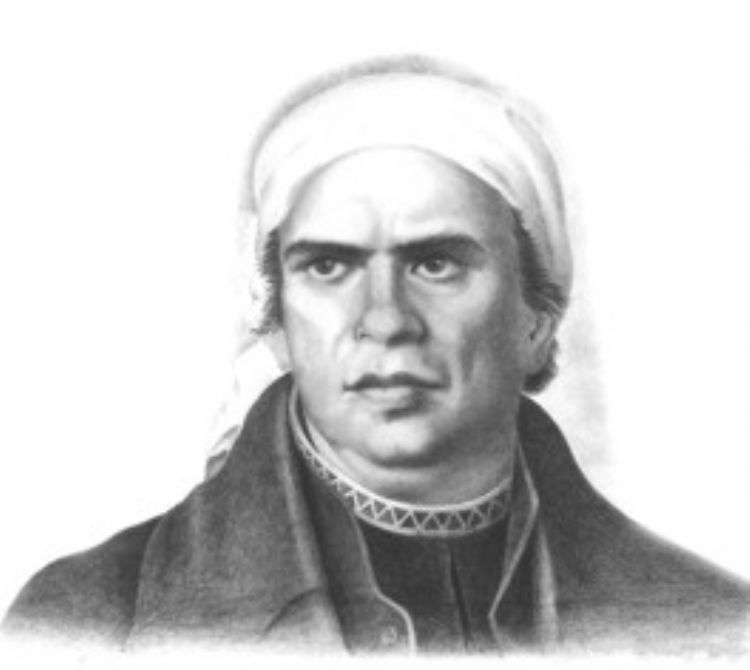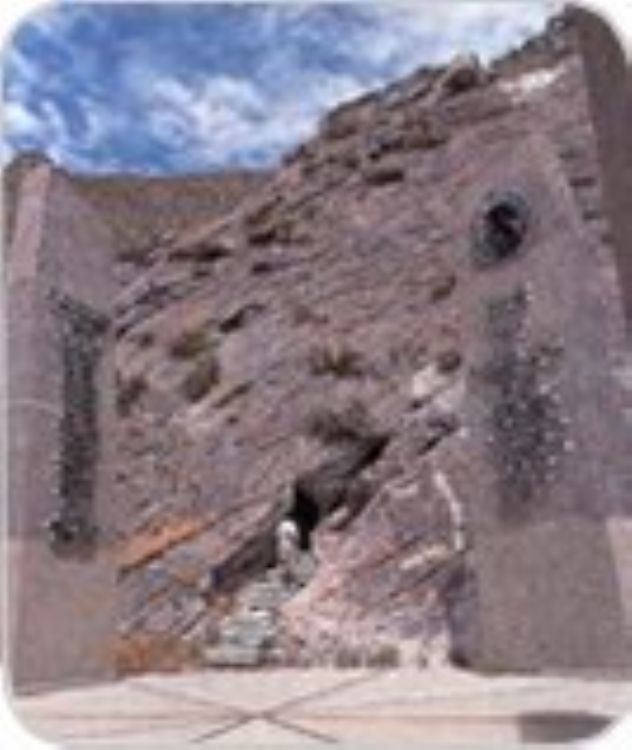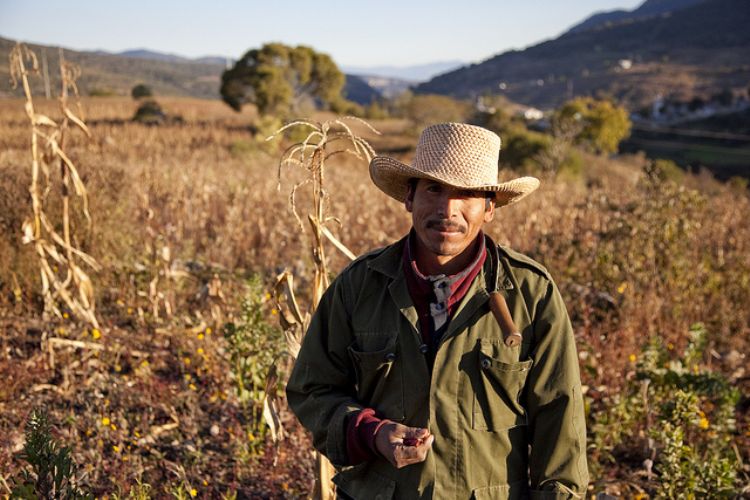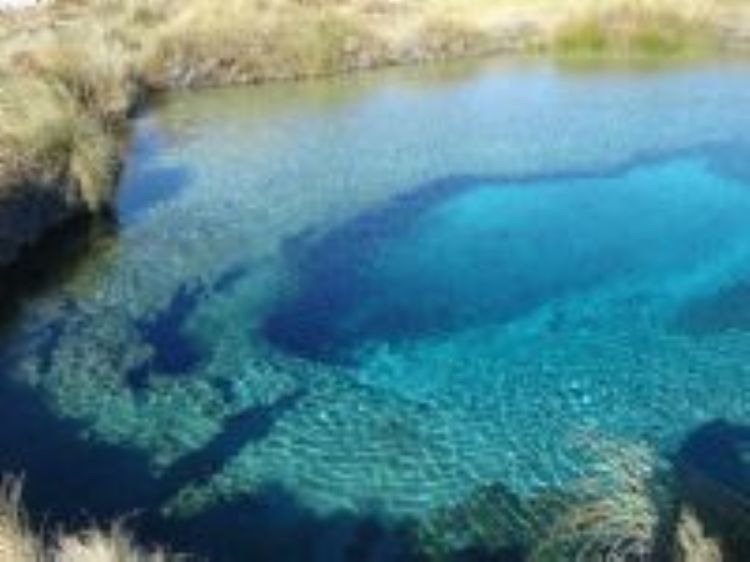The Celebration of the Bicentennial Anniversary of the Independence of Mexico
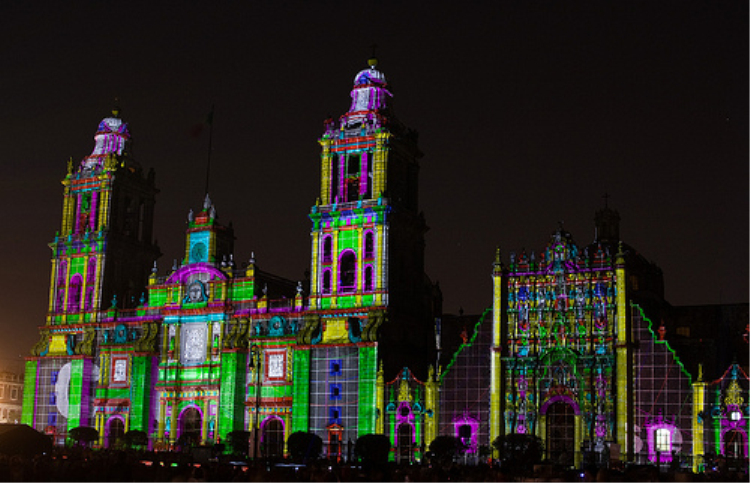
During 2010 we celebrated in México 200 years of Independence and 100 years of the Mexican Revolution. For this reason the federal, state and local governments organized many different commemorative events to celebrate this special occasion. I will only mention some of them, since each city and town celebrated it differently.
The Federal government budgeted 2,971 million pesos to celebrate these fiestas as they should be celebrated. Among the main attractions that took place we can list the military parade on September 16th (which included a huge display of airplanes, helicopters and paratroopers), concerts and shows that took place on one of the main streets named Paseo de la Reforma, competitions such as the Bicentennial Song, the Essay on the 200 Years of Independent Life, and, of course, the âCry for Independenceâ at El Zocalo.
Jose Manuel Villalpando was elected as Coordinator of the Federal Celebrations to put together these festivities. He was chosen due to his knowledge about history, amongst other factors. One of the settings that he organized was the Monument "La Estela de Luz" (Stream of Light), and the other was a big screen which traveled around the country's major cities showing the video: Una monumental ventana a nuestra historia. (A monumental window to our history).
It is worth mentioning that the fireworks which accompanied the Cry for Independence at El Zocalo were astonishing. In fact, at times they lit the whole square and its surroundings as if it was daylight. Both the projector lights, that were fixed on the angel, and the sound ambience, created an ideal contemplative atmosphere. The Quetzalcoatl production was beautiful and admired by many.
Also, there was an attempt to motivate the people in the remembrance of their history by mailing (for the most part) the "Bicentenary Book" to their homes. In the same way, Mexican flags of 80 cm long by 40 cm wide were given out to each family so they could display them on their homes.
One controversial aspect was the relocation of the remains of the heroes who laid in the Column of Independence to be displayed in the gallery of the National Palace during the exhibition "Mexico: 200 years." In the gallery we can admire the burials containing the heroes' ashes.
Even the Bank of Mexico took its part in the celebration by making 5 Special Bicentenary Edition Coins which were not put into circulation but can only be purchased through special sales. Three of the coins have the motif of independence (the Independence Column maid of gold worth $200, the facade and the towers of the Lady of Sorrows Church worth $20). Leaders from many different countries were invited to enjoy these shows, even though many could not attend because they had their own upcoming celebrations.
Regarding the statesâ governments, a big budget had already been allocated for the party celebrations. A special mention should be made of the Port of Veracruz, located in Veracruz, where a parade of naval vessels was organized (both national and foreign) as well as fireworksâ show and a gastronomic festival. Another place is Nayarit where in addition to the regatta, the construction of the Museo Bicentenario Nayarit (Bicentennial Museum of Nayarit) was initiated.
The capital of Mexico deserves a distinctive mention since it was one of the places where more celebrations took place. Since September 14th roads were closed in order to begin the installation of platforms, stages and more. On September 15th a popular parade with allegoric floats was held; however, even though attended by many, it was not as magnificent as expected. The city government continued with the concerts with bands like Zoe, La Maldita Vecindad and many others in different parts of the city and at the regional headquarters.
Remembering the Heroes:
One of the most outstanding aspects was that because of these festivities once again all of the historical figures of Independence were brought to light. New information, interesting facts and their lives in general, found their way in multiple articles, biographies and novels about heroes. Some of the most notable books were: Arrebatos Carnales (Carnal Knowledge), 2010 Ni Independencia. ni Revolucion (2010 Neither Independence, Nor Revolution), Leona, historias desconocidas de la Independencia y la Revolucion, (Leona, the Unknown Stories of Independence and Revolution), La otra historia de México: Hidalgo e Iturbide (Mexicoâs other history: Hidalgo and Iturbide), La Gloria y el Olvido (Glory and Oblivion), De héroes y mitos (Of Heroes and Myths), La Independencia (The Independence) and many others with the History of Mexico as titles. All with the purpose of helping people see their heroes as more human, yet eager for freedom.
Similarly, various artists displayed art representative of the 200 years of the beginning of the independent movement, such as the case of Manuel Felguérez, whose sculptures were shown along with picturesque works at the Glorieta de la Palma. The museums of El Estanquillo, the Anthropology Museum, the National Art Museum and many others also hosted itinerant exhibitions of The Independence, many of which will be there, on display, during all the year 2010.
Celebration Setbacks:
Something we should mention is that, even when this was a good opportunity to boost our patriotism and celebrate our culture as a nation, there were some aspects that darkened people's mood to celebrate:
1.-The Idea of Superflousness: according to many, the country is not in the best financial situation as to spend millions of pesos to celebrate, and should have invested the money in more urgent needs such as safety, education and the national debt.
2.-Emergencies: There were some meteorological phenomena (such as Alex and other storms) which affected the regions of Tamaulipas and Nuevo Leon, giving the residents of these regions other problems to deal with.
3.-Fear of Drug dealersâ situations: A year ago, there was an incident in Morelia, where a hand grenade exploded in the center of the festivities, something which had many others thinking of the possibility of a similar attack by the forces of organized crime. Ultimately, the public safety officials, if somewhat excessive, worked effectively, since there were no problems reported.
4.-The Law of Prohibition of Alcohol: Exactly 2 days before September 15th, some governments like the one of the Federal District, ordered the prohibition of the sale of alcoholic beverages, something which prevented many from âtoastingâ like they would have liked to. One interesting fact was that commercial establishments had anticipated big sales of tequila that day, and at the end, there were no sales.
These aspects, in addition to an economic decline, prevented the national festivities from creating the euphoric state in the mood of Mexicans, although they were greatly anticipated.
However, the Mexican people are known for their cheerful character and strength against adversity, something which makes us reflect on how Mexico has changed as a nation through time, and how our past is a source of pride as well as an inspiration for the future.
Given the circumstances, the Celebration of the Bicentennial Anniversary of the Independence became an opportunity not only to enjoy and celebrate but also to seriously reflect over our history, while we strive to improve ourselves as individuals and more importantly, as a nation.
Article produced by the Editorial Team of "Explorando Mexico".
Copyright Explorando México, All rights reserved.
Photo: mcmees24

